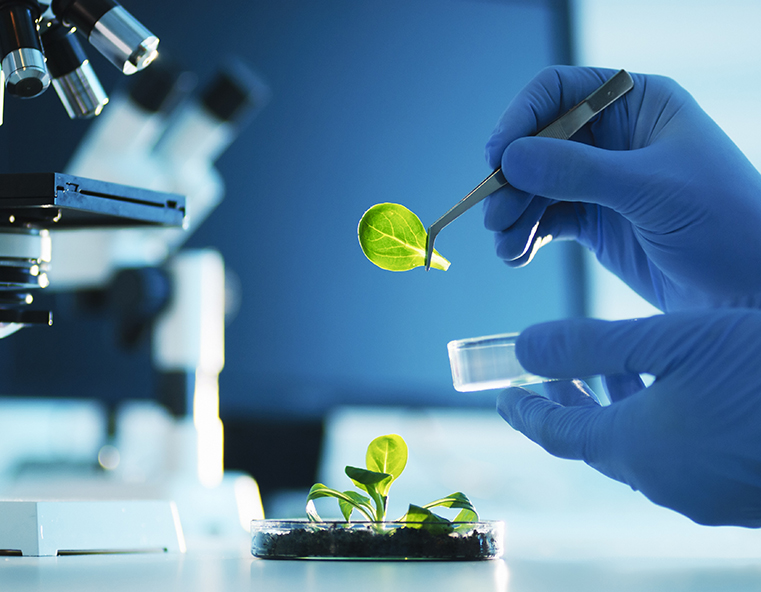In a nutshell
With a 4% share in the global chemical market, India is the sixth-largest producer of chemicals in the world and the third-largest in Asia in terms of output. The Indian chemical industry is highly diversified with more than 80,000 products being commercially available that are consumed in various end-use sectors like textiles, automotive, agriculture, packaging, pharmaceuticals, healthcare, construction, and electrical and electronics. The market size of the chemicals & petrochemicals sector in India is worth ~USD178 billion, and it is projected to reach USD300 billion by 2025 registering a CAGR of 9.3%.
The chemical industry is estimated to contribute USD 300 billion to India’s GDP by 2025. By October 2021, the combined exports of major chemicals and major petrochemicals increased to ~INR 82,000 crores from INR 58,000 crores the previous year and imports increased to INR 94,000 crores from INR 50,000 crores over the corresponding period of the previous year. The country accounts for ~16% of the global production of dyestuffs and is the third-largest producer of agrichemicals, out of which 50% is exported. More than 2 million people are employed in the Indian chemical industry, and the country boasts a large pool of skilled professionals engaged in enhancing R&D capabilities. Expenditure on R&D in the Indian chemical industry increased at a CAGR of 7.91% between 2009 and 2019.
The key segments of the chemicals industry are petroleum and petrochemicals, Chlor-alkali, pesticides, agrochemicals, speciality chemicals, pharmaceuticals, and bulk drugs.
Being one of the key industries that act as the backbone of many end-use sectors such as food processing, personal care and home care, the Indian chemical industry has considerable growth potential, especially with the increasing focus on speciality chemicals, which account for more than 50% of total chemical exports from India, and the presence of the required infrastructure for it.
The industry also benefits from a conducive environment in the country, evident from the following:
• The chemicals industry in India has been de-licensed except for a few hazardous chemicals.
• 100% FDI is allowed under the automatic route in the chemicals sector (except in the case of certain hazardous chemicals).
• The Production-Linked Incentive (PLI) Scheme, with an outlay of INR 18,100 crore, is a big shot in the arm for advanced chemistry cell batteries that will enhance India’s manufacturing capabilities and exports as part of the Atmanirbhar Bharat program.
• The government of India has approved 4 Petroleum, Chemical and Petrochemical Investment Regions (PCPIRs) in the state of Andhra Pradesh (Vishakhapatnam), Gujarat (Dahej), Odisha (Paradeep) and Tamil Nadu (Cuddalore and Nagapattinam) to promote investment and industrial development in these sectors.
• Under the Union Budget 2021-22, the government allocated INR 233.14 crore (USD 32.2 million) to the Department of Chemicals and Petrochemicals.
• India’s proximity to the Middle East, the world’s source of petrochemicals feedstock, enables it to benefit from economies of scale.
Natoin's Gross Value
Added
Chemical products exports
share
Contribution to global
chemical sales
Our Experience

Chemical
Market Suitability Study
Identifying and profiling intermediaries for an Irish manufacturer of IoT-based tank monitoring devices.
Know MoreLatest Updates
Exports of Indian chemicals register growth of 106% in 2021-22 over 2013-14
Indian chemical exports increased by 106% in 2021-22 over 2013-14 to reach a new high of USD 29,296 million in 2021-22, compared to USD 14,210 million in 2013-14. India is the world's sixth largest chemical manufacturer and Asia's third. In terms of chemical exports, India is ranked 14th.
Organic and inorganic chemicals, agrochemicals, dyes and dye intermediates, and specialty chemicals all contributed to the increase in chemical exports. With the "Make in India" concept, Over time, the industry has modernized through new molecules, technological breakthroughs, product profile, and quality to become a world-class chemical industry ready to compete on a worldwide scale.
Industry organization CHEMEXCIL has also taken a number of initiatives, including using Grant in Aid under the Market Access Initiative Scheme, organizing B2B exhibitions in various countries, exploring new potential markets through product-specific and marketing campaigns with the active participation of Indian embassies, and providing financial assistance in statutory compliance in overseas product registration.



















